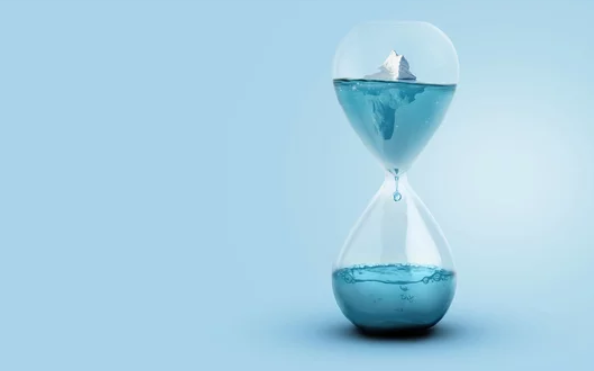Earth’s ice melting: will we be underwater?

Adobe Stock
February 14, 2023
As glaciers melt in Antarctica and Greenland, and sea levels rise, the damage it will do to the human population and Earth itself is extremely extensive.
Since the early 1900’s, glaciers around the world have been melting, and humans are the root of this. Ever since the Industrial Revolution, carbon dioxide as well as other greenhouse gas emissions and the overuse of fossil fuels have raised temperatures. As a result, glaciers are rapidly melting. Even if these emissions are significantly reduced in the future, more than a third of the world’s remaining glaciers will melt before the year 2100.
Scientists project that if emissions continue to rise, the Arctic could be ice free in the summer by 2040.
When sea levels rise, it in turn increases coastal erosion and flooding, as well as storm surges, creating more frequent hurricanes and typhoons. Not only will this create more coastal storms, but it will also affect weather patterns, and these warmer temperatures will bring many disadvantages to industries that rely on thriving fisheries. With more than a hundred million people worldwide living so close to coastlines, they will continue to face billion-dollar disaster recovery bills from flooding.
Megacities where human populations are of considerable size located near coastal areas or rivers—Shanghai, Bangkok, Jakarta, Tokyo and New York—are at great risk. The projected economic and humanitarian impacts on low-lying, densely populated, and desperately poor countries like Bangladesh are catastrophic. Although sea levels have risen and fallen many times over Earth’s history, the recent rate of global sea level rise has risen to one-tenth of an inch a year.
Right now, one of the largest contributors of global sea level rise is the Greenland ice sheet. It is currently disappearing four times faster than in 2003 and contributes to 20% of current sea level rise. How much and how quickly the Greenland ice sheet melts in the future will largely determine how much ocean levels rise in the future. If emissions and other gasses continue to rise, the current rate of melting on the Greenland ice sheet is expected to double by the end of the century.
Regardless of the rate of sea-level rise, researchers note that there is already more than enough evidence that we need to start preparing for its effects as soon as possible.





